Home > User’s voice > Kengo Kuma
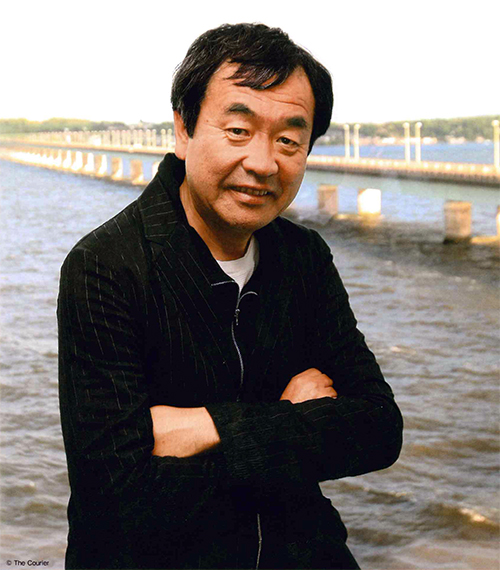
Mr. Kengo KUMA, Architect
A new encounter with architecture based on the material and the site is to start.
Kengo KUMA
Born in Kanagawa Prefecture in 1954. Completed the Architecture Course, Graduate School of Engineering, the University of Tokyo, in 1979. Professor of the University of Tokyo since 2009, following working as a visiting researcher at Columbia University and professor of Keio University. The “Noh Stage in the Forest / Toyoma Traditional Performing Arts Museum” and the “Nezu Museum” are among a number of his architectural works in Japan and overseas.
The power of the material creates the bond.
The public buildings of the 20th century tended to move from the town center to the suburbs in accordance with the growth and expansion of scale of cities, and exist as a concrete building standing alone in a parking area. I repeated asking questions to myself and answering them myself about what is the most important point for architecture in the 21st century in order to reverse such trend. I have continued to think about architecture capable of building a bond that will remain in a particular site.
For example, in AORE NAGAOKA in Niigata Prefecture, the site was moved back to the city center, and created a space with an earthen floor, named “Nakadoma”, which was to function as a citizens’ communication center, inside the large city government building. A lot of wood materials were used on the wall to have the building feel warm and promote a human bond. Steel is designed as an important leading player. Soft natural light streams down onto the Nakadoma through the large roof of steel trusses covered with glass. The ostentatious appearance of the building is removed and the texture of earth and wood alone remains.
I hear there is a group of regular visitors, who get together almost every day at AORE NAGAOKA. I am very pleased to hear this. I believe the force of the material largely contributes to this.
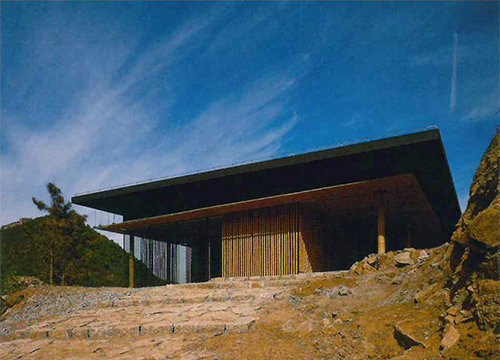
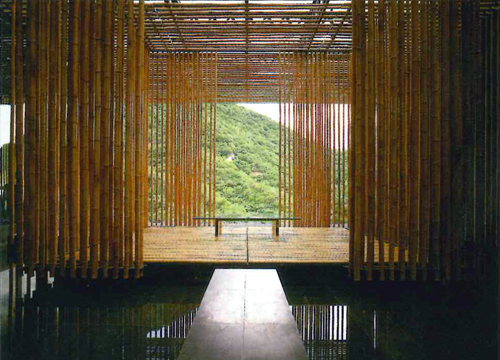
Great (Bamboo) Wall (Northern part of Beijing, 2002)
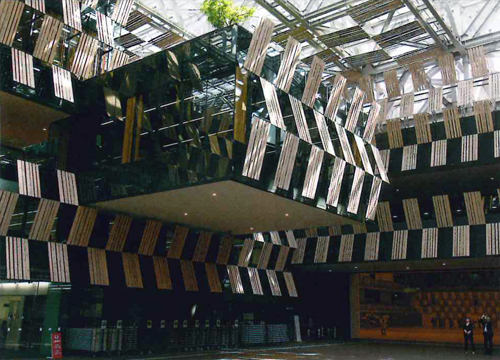
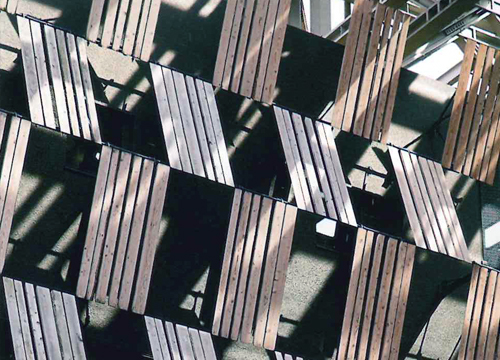
City Hall Plaza, AORE NAGAOKA (Nagaoka City, Niigata Prefecture, 2012)
Titanium is an exciting material.
It is common practice that materials are to be determined generally in the last phase. Then, time may run out, resulting in stereotyped details or usage. However, when I start thinking “What kind of material would be suitable for this part?” in the beginning, a great deal of time can be spent figuring out how to design and develop a building so as to utilize the material to the full.
Concerning the way of using materials, it is ideal that the material makes an impression that it has grown out of the earth there upon completion of the building even though it was actually brought from somewhere else.
Titanium is one of the materials I am now interested in. I feel like using it for exterior cladding and roofing. Titanium is imparted with a certain kind of earthiness. It is a kind of earth but strong. It is an exciting material. In addition, it is strange that it does not feel cool when touched.
An idea has occurred to my mind that I make a chair that will not make feel cool at the bottom when I sit, and I am actually working on the design of a chair made of titanium.
I believe metal materials can recover their leading role once again in the movement towards a post-industrial society. The site which constitutes the basis of communication will play a leading part in such society. Then, the architecture is desired not as a mere physical presence but as a site. Not only performance and cost alone but also the compatibility between the material and place will emerge as the architecture as a site.
New encounters with architecture deeply rooted in the site are going to start. I would like to orchestrate such encounters myself in various ways and I hope NSSMC will extend a helping hand to us. (By Mr. Kuma)







